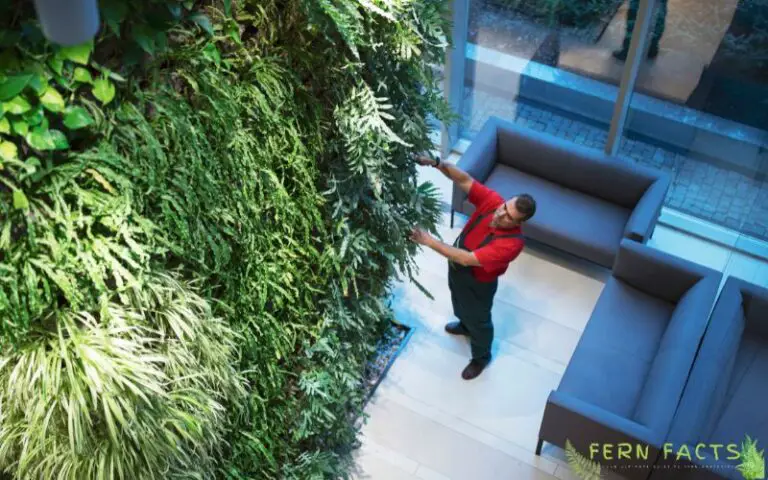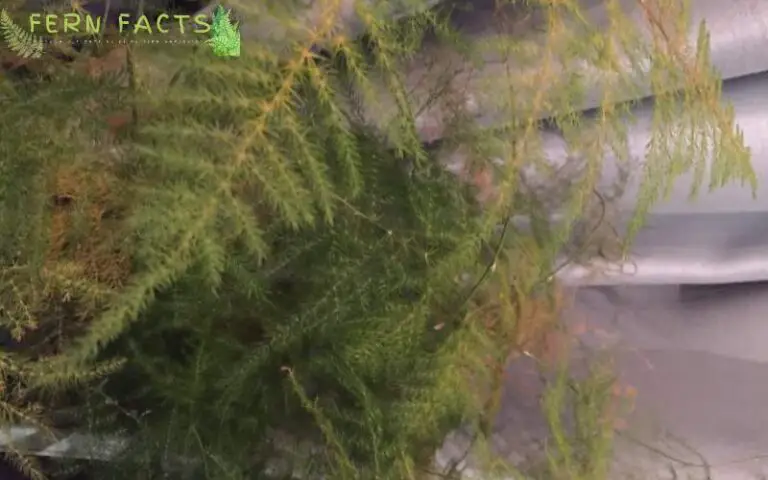Everything You Need to Know About ZZ Plants
ZZ Plants are popular indoor plants known for their low maintenance and air-purifying qualities. They thrive in low-light conditions and are drought-tolerant.
ZZ Plants (Zamioculcas zamiifolia) are ideal for busy individuals or those new to houseplants.
Their glossy, dark green leaves add a touch of elegance to any space.
These plants can survive in low light, making them perfect for offices and rooms with minimal natural light.
ZZ plants require infrequent watering, allowing them to withstand neglect. They also help improve indoor air quality by removing toxins.
Their resilience and aesthetic appeal make them a favorite among plant enthusiasts and interior decorators.
Whether you’re a seasoned gardener or a beginner, ZZ Plants are an excellent choice for adding greenery to your home.
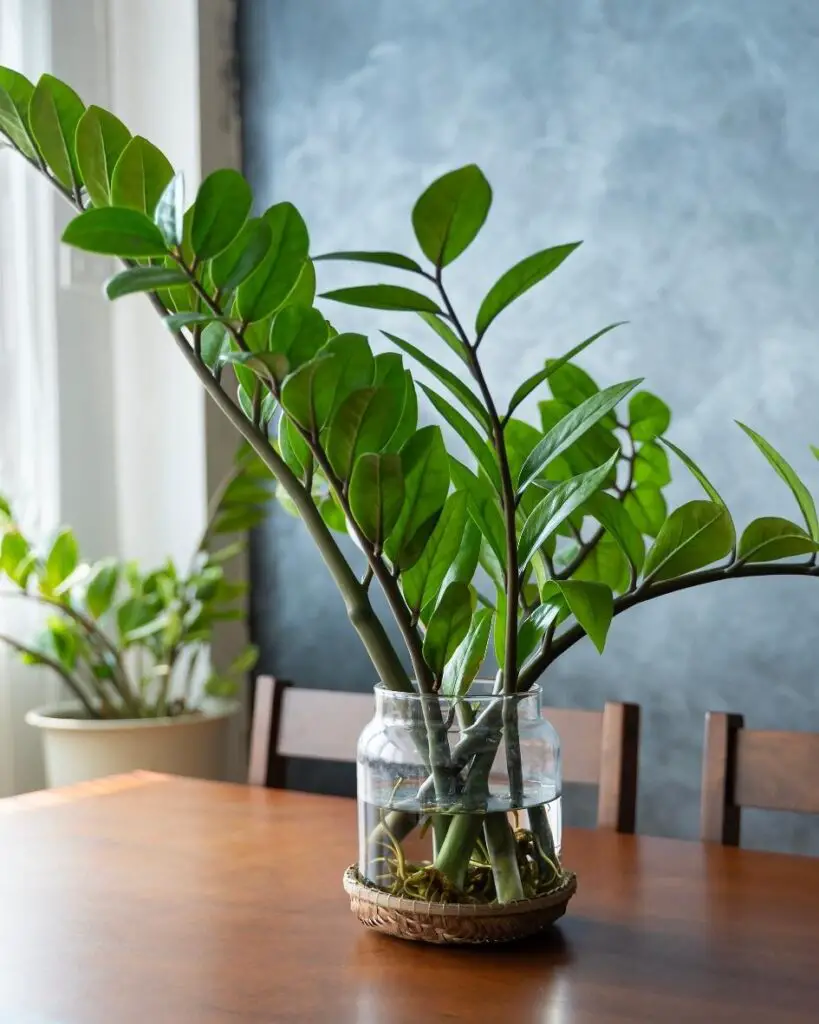
What Are Zz Plants?
ZZ Plants, also known as Zamioculcas zamiifolia, are popular indoor plants with shiny, dark green leaves.
These plants are easy to care for and perfect for beginners.
But what exactly are ZZ Plants?
Origin And Background
ZZ Plants originate from Eastern Africa, specifically from regions like Kenya and Tanzania. They grow in dry grasslands and forests.

Known for their resilience, these plants can survive in harsh conditions.
Here are some key points about their origin:
- Native Habitat: Dry regions of Eastern Africa.
- Discovery: First described in 1829 by German botanists.
- Introduction to Houseplants: Became popular houseplants in the late 1990s.
ZZ Plants were initially found in remote areas. They gained global popularity due to their low maintenance and attractive appearance.
These plants can thrive in low light and need little water, making them ideal for homes and offices.
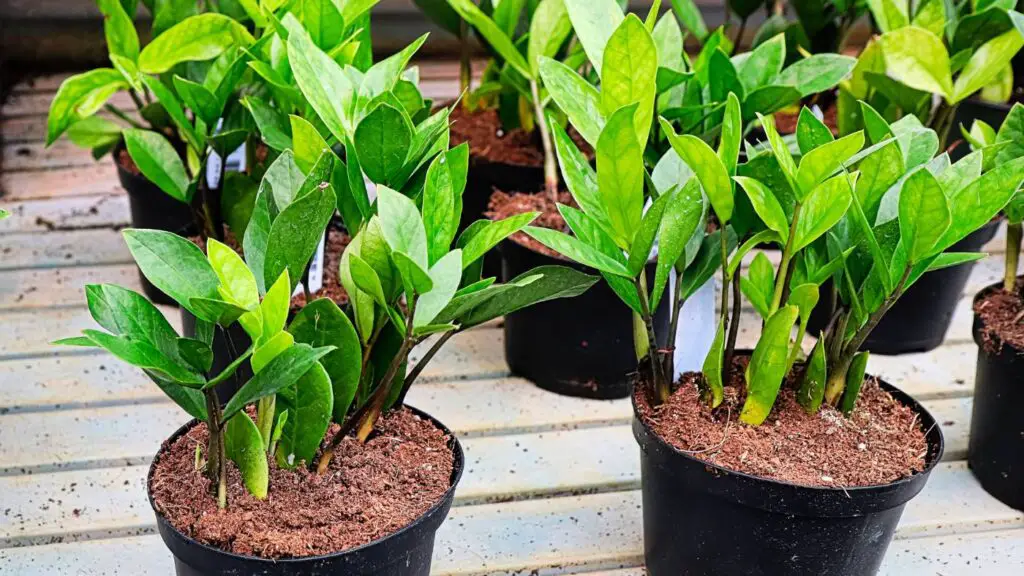
Physical Description
ZZ Plants have a unique and striking appearance. Their leaves are glossy, dark green, and smooth to the touch.
Each leaf grows from a thick, succulent stem.
Here are some features of ZZ Plants:
| Feature | Description |
|---|---|
| Leaves | Shiny, dark green, and oval-shaped. |
| Stems | Thick, succulent, and can store water. |
| Height | Can grow up to 3 feet tall indoors. |
The stems of ZZ Plants grow upright. The leaves are pinnate, with each stem having multiple leaflets, giving the plant a feathery appearance.
Another interesting fact is that ZZ Plants can produce small, white flowers. These flowers are rare and usually appear at the base of the plant.
In summary, ZZ Plants are not only beautiful but also very hardy.
Their unique physical characteristics make them attractive houseplants.
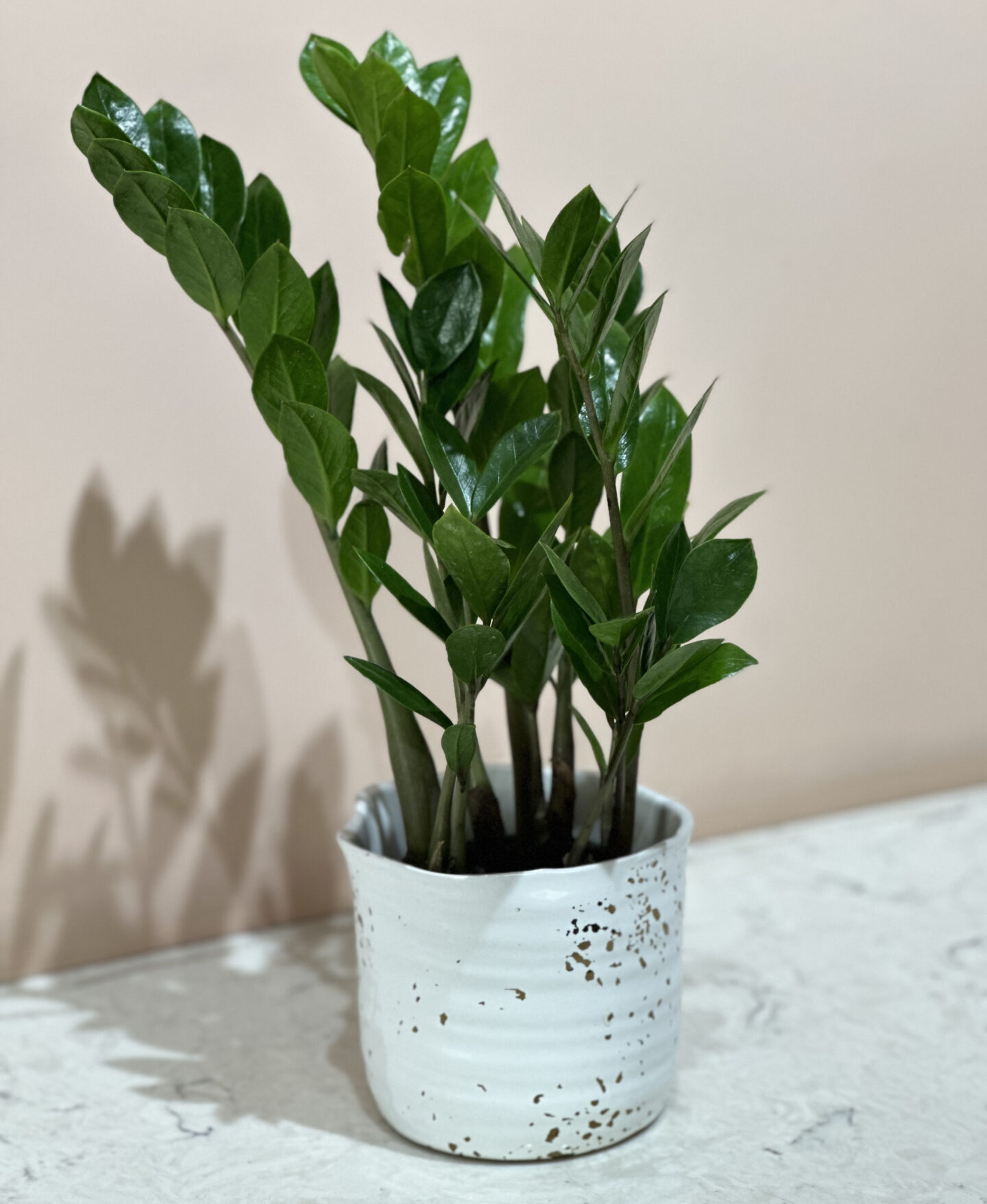
Benefits Of Zz Plants
ZZ plants, scientifically known as Zamioculcas zamiifolia, are popular houseplants cherished for their resilience and striking appearance.
These plants offer numerous benefits, making them a favored choice for both novice and experienced plant enthusiasts.
Let’s explore the key benefits of ZZ plants.
Air Purification
ZZ plants are excellent at purifying indoor air. They are known to remove toxins such as:
- Formaldehyde
- Toluene
- Xylene
These harmful chemicals can be found in everyday household items like paints, furniture, and cleaning products. By absorbing these toxins through their leaves, ZZ plants help create a cleaner, healthier indoor environment.
A study by NASA highlighted the air-purifying capabilities of various houseplants, and ZZ plants performed exceptionally well.

Here’s a quick look at the air purification benefits of ZZ plants:
| Toxin | Source |
|---|---|
| Formaldehyde | Furniture, cleaning products |
| Toluene | Paints, adhesives |
| Xylene | Solvents, air fresheners |
Having a ZZ plant in your home or office can significantly improve indoor air quality.
Low Maintenance
ZZ plants are incredibly low maintenance, making them ideal for busy individuals or those new to plant care.
They require minimal watering, typically once every 2-3 weeks.
Overwatering can harm them, so it’s best to let the soil dry out completely between waterings.
ZZ plants thrive in low light conditions, making them perfect for areas with limited sunlight.
They can adapt to fluorescent lighting, making them suitable for office environments.
Key low-maintenance features of ZZ plants:
- Watering: Every 2-3 weeks
- Light: Low to moderate light
- Temperature: 60-75°F (15-24°C)
- Soil: Well-draining potting mix
Even if you neglect them, ZZ plants remain resilient and continue to grow, making them a hassle-free addition to any space.
Aesthetics

ZZ plants are known for their glossy, dark green leaves that add a touch of elegance to any room. Their unique appearance makes them a popular choice for interior decor.
The leaves grow in a symmetrical pattern, creating a visually appealing structure.
The plant’s ability to thrive in various light conditions allows it to be placed in different areas of your home or office, from dimly lit corners to brightly lit spaces.
This versatility makes it a flexible decor option.
Key aesthetic benefits of ZZ plants:
- Glossy leaves: Add a touch of elegance
- Symmetrical growth: Creates a visually appealing structure
- Versatile placement: Suitable for various light conditions
- Compact size: Fits well in small spaces
Whether you want to enhance your home decor or add a touch of green to your office, ZZ plants are an excellent choice.
Their aesthetic appeal, low maintenance, and air purification benefits make them a top pick for any indoor space.
How To Care For Zz Plants
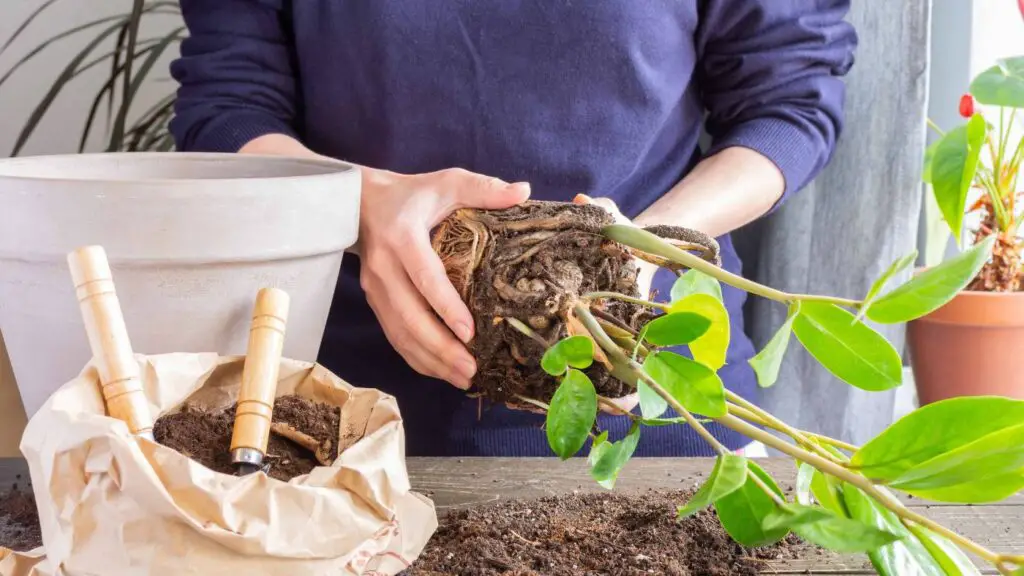
ZZ Plants, also known as Zamioculcas zamiifolia, are popular houseplants praised for their striking appearance and low-maintenance nature.
These plants are perfect for both beginners and seasoned plant enthusiasts.
Caring for ZZ Plants is straightforward, but understanding their specific needs is crucial for their growth and health.
This guide will walk you through the essentials of caring for your ZZ Plant.
Lighting Requirements
ZZ Plants thrive in various lighting conditions, making them versatile for different indoor environments.
They can handle low light, making them suitable for offices and rooms with minimal natural light. However, they grow best in bright, indirect light.
Direct sunlight can scorch their leaves, so it’s essential to keep them away from windows with intense sunlight.
To help you manage their lighting needs:
- Place the plant in a spot where it receives filtered light.
- Avoid placing it directly in front of south-facing windows.
- If the leaves start to yellow, it might be getting too much light.
- In very low light, growth may slow down, but the plant will still survive.
ZZ Plants are adaptable, but ensuring they get the right amount of light will keep them vibrant and healthy.
Watering Tips

Watering ZZ Plants is straightforward, but it’s vital to avoid overwatering. They are drought-tolerant and can survive with minimal water.
Overwatering is the most common cause of problems.
Here are some tips to help you:
- Wait for the soil to dry out completely before watering again.
- Water thoroughly until water drains out of the bottom of the pot.
- Ensure the pot has proper drainage holes to prevent waterlogging.
- In winter, reduce watering frequency as the plant’s growth slows down.
Watering every 2-3 weeks is sufficient, but always check the soil moisture first. Remember, it’s better to be underwater than overwater your ZZ Plant.
Soil And Fertilizer
ZZ Plants are not picky about soil, but well-draining soil is crucial. A mix designed for succulents or cacti works well.
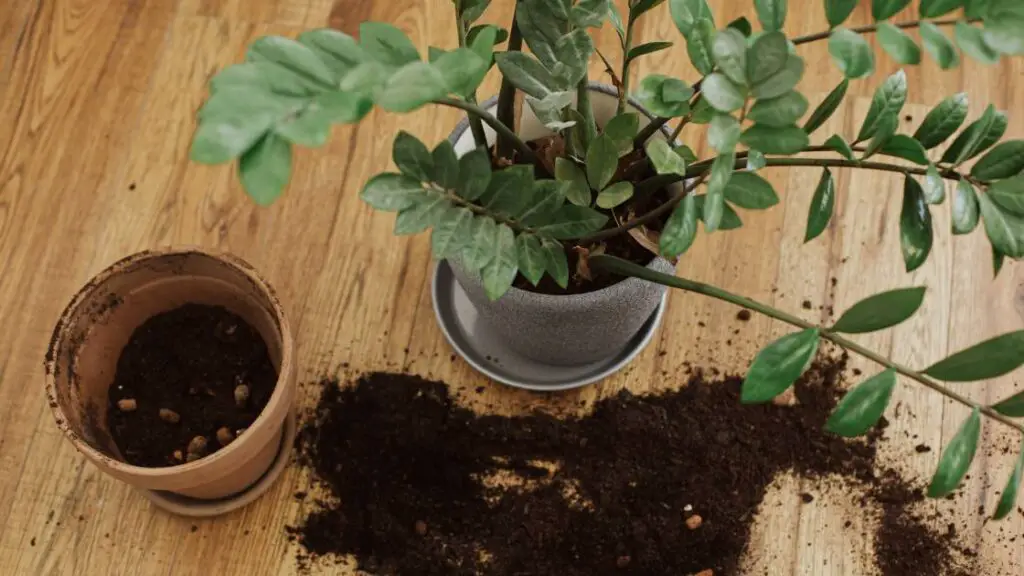
Good drainage prevents root rot.
Here’s a simple guide:
| Soil Component | Proportion |
|---|---|
| Potting soil | 50% |
| Perlite | 25% |
| Sand | 25% |
Fertilizing ZZ Plants is also simple. They don’t need much feeding, but occasional fertilizing can boost their growth.
Use a balanced, water-soluble fertilizer diluted to half-strength.
Fertilize:
- Once a month during the growing season (spring and summer).
- Avoid fertilizing in winter when the plant is dormant.
Too much fertilizer can harm the plant, so always stick to recommended amounts.
Temperature And Humidity
ZZ Plants prefer average room temperatures and can tolerate a range from 60°F to 75°F (15°C to 24°C).
They are not frost-tolerant, so keep them away from cold drafts and sudden temperature changes.
Here are some tips to maintain the right conditions:
- Keep the plant in a stable environment.
- Avoid placing it near air conditioners or heaters.
- Maintain a consistent temperature for optimal growth.
ZZ Plants also do well in terms of average humidity levels. They can handle dry air, which makes them ideal for homes with central heating or air conditioning.
If the air is very dry, occasionally mist the leaves to provide some moisture.
Following these simple guidelines will help your ZZ Plant thrive and provide a beautiful, low-maintenance addition to your indoor space.
Common Problems And Solutions

ZZ Plants, known for their lush green leaves and easy maintenance, are a popular choice for indoor gardening.
Despite their hardy nature, they can face some common issues.
This section covers common problems and solutions for ZZ Plants.
Yellowing Leaves
Yellowing leaves on a ZZ Plant are a common issue.
This can be caused by several factors:
- Overwatering: ZZ Plants need well-draining soil. Too much water can cause root rot, leading to yellow leaves.
- Underwatering: While ZZ Plants are drought-tolerant, neglecting to water them for long periods can also cause yellow leaves.
- Inadequate Light: ZZ Plants thrive in bright, indirect light. Insufficient light can cause their leaves to turn yellow.
To solve these issues:
- Check the soil moisture. If it’s too wet, allow it to dry out before watering again.
- Ensure the plant gets enough light by placing it near a window with indirect sunlight.
- Trim the yellow leaves to encourage new growth.
| Problem | Solution |
|---|---|
| Overwatering | Move to a brighter spot |
| Underwatering | Water regularly |
| Inadequate Light | Move to brighter spot |
Overwatering
Overwatering is a frequent problem for ZZ Plants.
These plants store water in their rhizomes, making them prone to root rot if overwatered.
Signs of overwatering include:
- Mushy stems
- Yellowing leaves
- Soil that stays wet for long periods
To prevent overwatering:
- Use a pot with drainage holes to allow excess water to escape.
- Let the top inch of soil dry out before watering again.
- Consider using a well-draining soil mix suitable for succulents.
Here’s a simple watering schedule:
| Season | Watering Frequency |
|---|---|
| Spring/Summer | Every 2-3 weeks |
| Fall/Winter | Every 4-6 weeks |
Pests And Diseases
ZZ Plants are generally resistant to pests and diseases, but they can occasionally become victims of a few common problems.
Pests:
- Spider Mites: Tiny, web-spinning mites that can cause leaf discoloration.
- Mealybugs: Small, white insects that leave a cotton-like residue.
Diseases:
- Root Rot: Caused by prolonged overwatering.
- Leaf Spot: Fungal infection causing dark spots on leaves.
Solutions include:
- For spider mites, spray the plant with a mixture of water and mild soap.
- Remove mealybugs with a cotton swab dipped in alcohol.
- For root rot, let the soil dry out completely and consider repotting.
- Remove affected leaves to control leaf spots.
Regularly inspect your ZZ Plant to catch these issues early and ensure a healthy, thriving plant.
Propagating Zz Plants
ZZ Plants are popular houseplants known for their glossy leaves and low-maintenance needs.
Propagating ZZ Plants can be a rewarding way to expand your collection or share with friends.
It is time now to introduce two effective methods for you: division and leaf cutting.
Division
Propagating ZZ Plants through division is a straightforward method.
This technique involves separating the plant into smaller sections, each with its own root system.
Here’s a step-by-step guide to help you:
- Remove the plant from its pot: Gently take the ZZ Plant out of its pot. Be cautious to avoid damaging the roots.
- Locate natural divisions: Observe the root ball and find natural divisions where the plant can be separated.
- Use a clean knife: Use a sharp knife to cut through the roots. Ensure each section has a healthy rhizome and several leaves.
- Repot the sections: Plant each division in its own pot with well-draining soil. Water lightly to help the roots settle.
The division is ideal for mature plants with multiple stems.
This method allows the new plants to grow faster because they already have established roots.
Below is a table summarizing the key points:
| Step | Description |
|---|---|
| Remove Plant | Gently take the plant out of its pot |
| Locate Divisions | Find natural separations in the root ball |
| Use Knife | Cut through roots if needed |
| Repot Sections | Place each division in a new pot |
Leaf Cuttings
Another effective way to propagate ZZ Plants is through leaf cuttings.
This method is slower but can be very satisfying. Follow these steps:
- Select a healthy leaf: Choose a mature leaf from the ZZ Plant.
- Cut the leaf: Use a clean, sharp knife to cut the leaf close to the base.
- Allow the cut to dry: Let the cut end dry for a few hours to prevent rot.
- Plant the leaf: Insert the cut end of the leaf into a pot with well-draining soil. Ensure the soil is moist but not waterlogged.
- Be patient: Leaf cuttings can take several months to develop roots and new shoots. Keep the soil moist and provide indirect light.
Leaf cuttings require patience but offer a unique way to grow new plants. The key is maintaining the right conditions and giving the cutting time to develop.
Here are some tips to ensure success:
- Use a rooting hormone: This can encourage root growth and increase your chances of success.
- Maintain humidity: Cover the pot with a plastic bag to create a humid environment.
- Monitor for growth: Check regularly for signs of new roots and shoots.
By following these steps, you can successfully propagate ZZ Plants through leaf cuttings. Enjoy watching your new plants grow and thrive!
Popular Varieties Of Zz Plants
ZZ Plants are beloved for their low maintenance and striking appearance. These hardy plants thrive in various light conditions and require minimal care.
There are several popular varieties of ZZ Plants, each with unique features.
Let’s explore some of the most sought-after types.
Zamioculcas Zamiifolia
The Zamioculcas zamiifolia is the most common variety of ZZ Plants. Its lush, green, waxy leaves make it a favorite among houseplant enthusiasts.
This variety is often referred to simply as the “ZZ Plant.”
It is well-known for its resilience and ability to thrive in low light.
- Light: Tolerates low to bright, indirect light.
- Water: Water sparingly. Allow the soil to dry out completely between waterings.
- Soil: Well-draining potting mix.
One key feature of the Zamioculcas zamiifolia is its ability to store water in its rhizomes. This makes it drought-tolerant and an excellent choice for busy individuals.
Below is a table summarizing its care requirements:
| Care Aspect | Requirement |
|---|---|
| Light | Low to bright, indirect |
| Water | Sparingly; allow soil to dry |
| Soil | Well-draining |
Raven Zz
The Raven ZZ is a stunning variety with almost black foliage. Its leaves start green and turn dark purple as they mature, creating a striking contrast.
This variety is perfect for those wanting a unique plant that stands out.
- Light: Prefers bright, indirect light but can tolerate low light.
- Water: Infrequently; let the soil dry between waterings.
- Soil: Well-draining, similar to other ZZ Plants.
Raven ZZ’s dark foliage is not just for show; it also indicates its tough nature. This plant is as easy to care for as the common ZZ Plant, making it ideal for beginners.
Here’s a quick summary:
| Care Aspect | Requirement |
|---|---|
| Light | Bright, indirect to low |
| Water | Infrequently; dry soil |
| Soil | Well-draining |
Zanzibar Gem
The Zanzibar Gem is another name for Zamioculcas zamiifolia, which is often used to describe particularly lush and vibrant specimens.
This variety is known for its thick, waxy leaves that shine brightly.
- Light: Adapts to low and bright, indirect light.
- Water: Sparingly; ensure the soil is dry before watering.
- Soil: Needs well-draining soil to prevent root rot.
The Zanzibar Gem is celebrated for its air-purifying qualities. It can remove toxins from the air, making it a healthy addition to any home.
Here’s a breakdown of its care:
| Care Aspect | Requirement |
|---|---|
| Light | Low to bright, indirect |
| Water | Sparingly; dry soil |
| Soil | Well-draining |
Using Zz Plants In Interior Design
The ZZ plant is a popular choice for indoor plant lovers. It’s easy to care for and has striking, glossy leaves. Using ZZ plants in interior design can enhance your home’s beauty.
This plant adds a touch of green and can thrive in various conditions.
Let’s explore how to use ZZ plants effectively in your interior design.
Best Placement
Finding the right place for your ZZ plant is crucial. They thrive in low to bright indirect light.
They are versatile and can fit into many spaces:
- Living Room: Place the ZZ plant on a coffee or side table. It will stand out and add a fresh vibe.
- Bedroom: A ZZ plant on your nightstand or dresser can make the room look lively.
- Office: Keep a ZZ plant on your desk. It can reduce stress and increase productivity.
- Hallway: Place it on a console table. This makes a warm welcome for guests.
Make sure the plant is not in direct sunlight. Too much light can scorch the leaves.
ZZ plants also do well in low light, making them perfect for darker corners.
Here’s a quick reference table for the best placements:
| Room | Best Placement |
|---|---|
| Living Room | Coffee table, side table |
| Bedroom | Nightstand, dresser |
| Office | Desk |
| Hallway | Console table |
Styling Tips
Styling your ZZ plant can elevate your home decor. Here are some tips to get the best look:
- Choose the Right Pot: Pick a stylish pot. Ceramic or terracotta pots look great with ZZ plants.
- Use Plant Stands: Elevate your ZZ plant with a plant stand. This adds height and makes the plant a focal point.
- Group with Other Plants: Group your ZZ plant with other indoor plants. This creates a lush green corner.
- Decorative Stones: Add decorative stones on top of the soil. This gives a polished look.
Consider the room’s color scheme. Green ZZ plants go well with neutral tones and vibrant colors.
Here are some styling combinations:
| Style Element | ZZ Plant Combination |
|---|---|
| Modern | White pot, metal stand |
| Boho | Colorful pot, woven basket |
| Minimalist | Black pot, simple stand |
| Rustic | Terracotta pot, wooden stand |
These tips will help you style your ZZ plant beautifully.
Remember to water sparingly and enjoy the greenery!

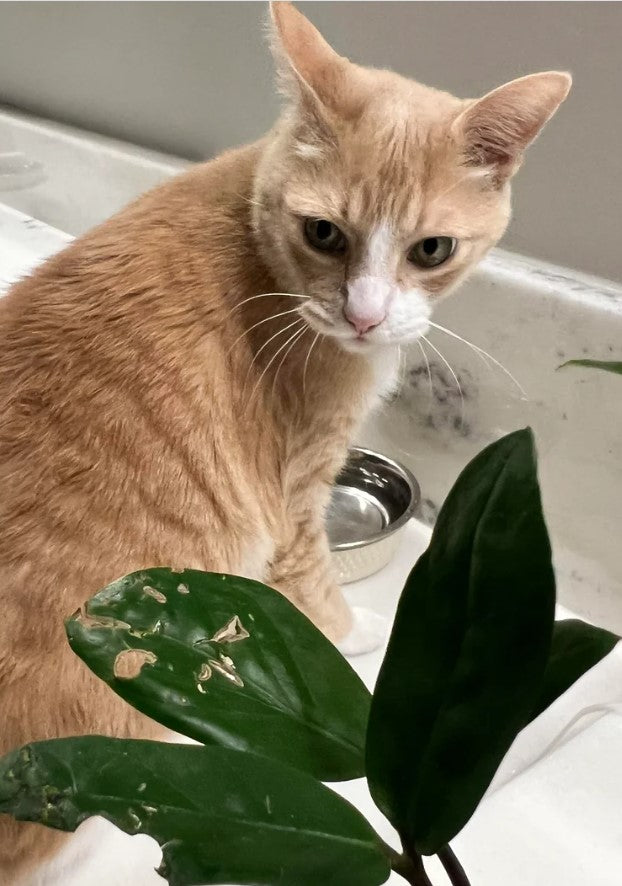
Frequently Asked Questions
What Is So Special About A Zz Plant?
The ZZ plant is special for its low maintenance and air-purifying abilities. It thrives in low light and needs minimal watering. Its glossy, dark green leaves add aesthetic value to any space.
This hardy plant is perfect for busy individuals and improves indoor air quality.
Is It OK to Touch A Zz Plant?
Yes, it’s safe to touch a ZZ plant. Wash your hands afterward, as it can cause minor skin irritation.
Where Should You Put A Zz Plant?
Place a ZZ plant in indirect sunlight. It thrives in low to bright, indirect light. Avoid direct sunlight to prevent leaf burn.
Does A Zz Plant Need Sunlight?
No, a ZZ plant does not need direct sunlight. It thrives in low—to medium-light conditions, and indirect sunlight works best.
Conclusion
Zz plants are the perfect choice for busy plant lovers. They require minimal care and thrive in low light. Their resilience and beauty make them ideal for any home.
Enhance your living space with these stunning, easy-to-maintain plants.
Discover the joy of indoor gardening with Zz plants today.





